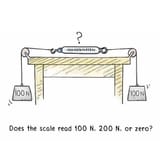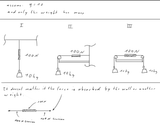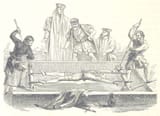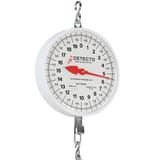>>16707910
We are scientists here. I will outline my methodology so that you may replicate my work.
Tie the end of a fish hook scale to an immobile infinitely heavy bookshelf.
Apply a consistently force on the hook with your fingers.
Do this dozens of independent times for consistency. Switch hands so that you master this muscle-numerical connection.
Do this across multiple days to ensure mastery.
Now, untie the scale from the infinitely massive end.
Grab it from both ends, one with each hand.
Apply with both hands that force you mastered.
The measured force will be a little less than double the original. Not exactly double but much higher than the original.
A picture would not satisfy you. You would assume I have pulled harder when I assure you I have not.













